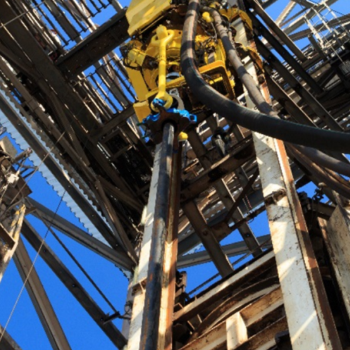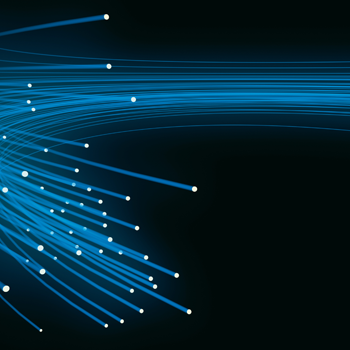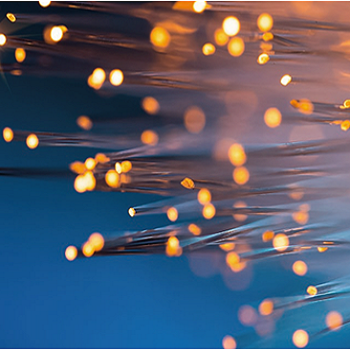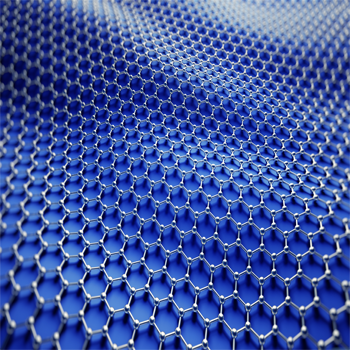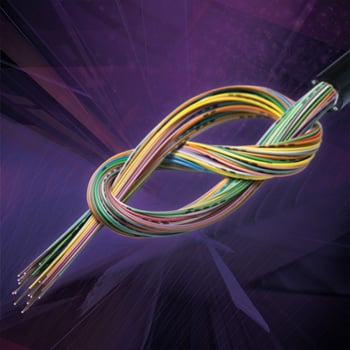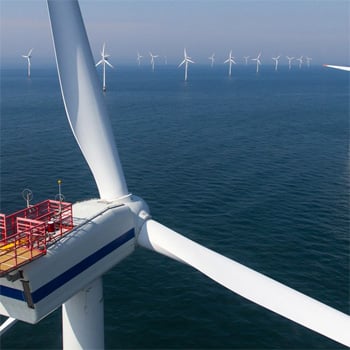PRY-CAM: a revolution in the management of electrical assets
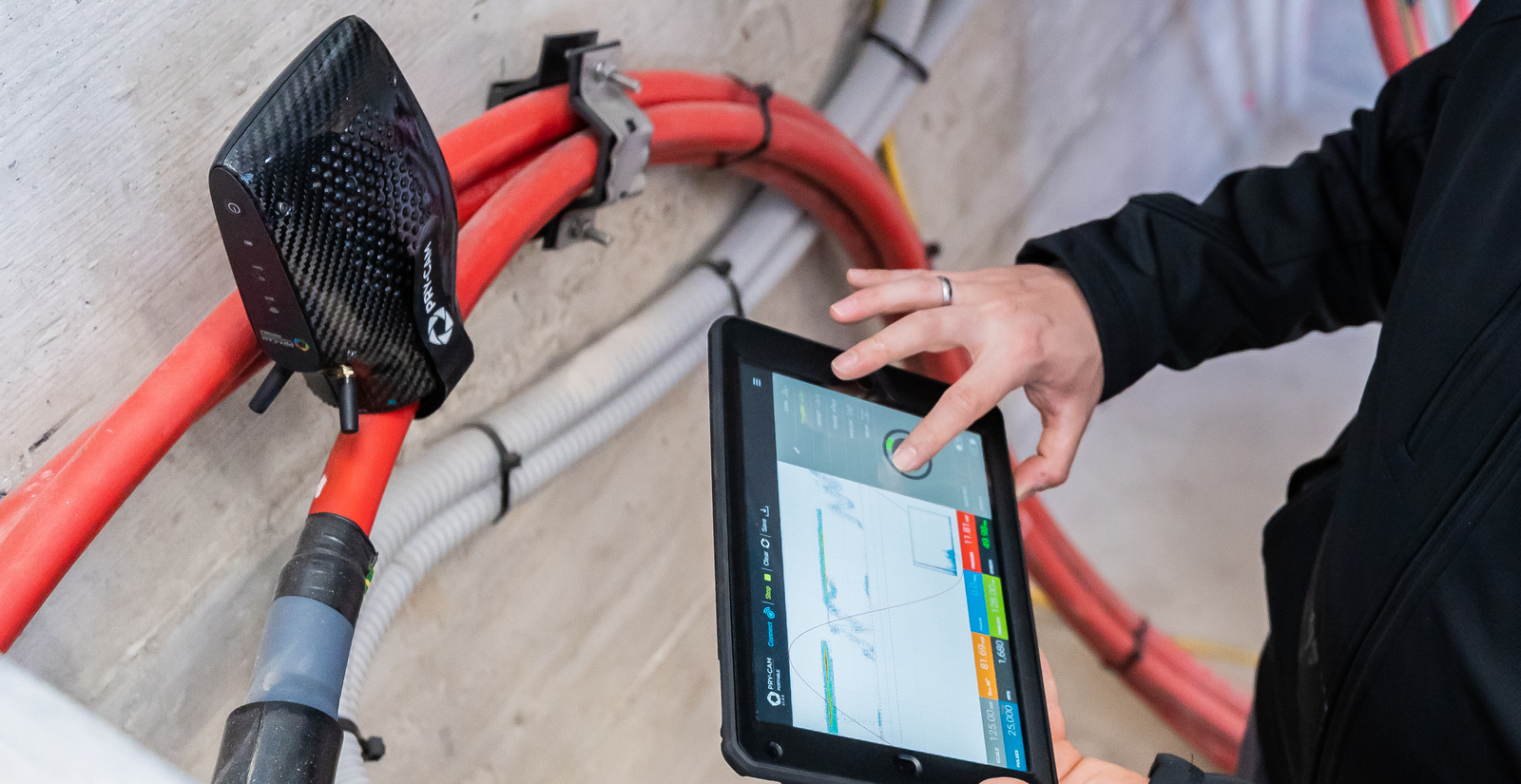
Digital transformation may change company strategies in many ways. The multinational group led by Valerio Battista has established an operative unit dedicated to electronics-based products (for remote and real-time monitoring) and then has developed the related data gathering and management business. The result is the promising activity of the start-up led by Roberto Candela. This is also a case study that shows how IoT connectivity, through the cloud, may generate data that are key for the effective management and maintenance of electrical systems.
“With PRY-CAM we want to revolutionise the world of diagnostics and monitoring of electrical systems, starting from partial discharge measurements – one of the key indicators of the reliability of a MV or HV cable system – up to the development of a series of devices for the measurement of temperature and other parameters that, so far, have been impossible to keep under control. Thanks to our solutions, the working conditions of any electrical system or equipment can be assessed in real time and without service interruptions. These solutions also generate a remarkable reduction in the risk of faults and related costs and contribute to make maintenance activities less burdensome for our customers.”
In an exclusive interview with “Industria Italiana” magazine Roberto Candela, Prysmian Electronics CEO, speaks about the company’s strategies in the business of electrical cable systems monitoring and explains why IoT offers a huge business potential especially in industrial applications, more than in consumer applications.

ROBERTO CANDELA
Prysmian Electronics CEO
The birth of Prysmian Electronics
Prysmian Electronics originates from Prysmian Group’s will to establish an operative unit offering electronics-based products, designed, at least at an earlier stage, for the monitoring of power transmission cable systems. “Prysmian’s idea – explains Candela – has its roots in a patent, developed with a team of researchers in 2006, when I was a professor at the University of Palermo, for a device to detect partial discharges in electrical systems. In 2009, Prysmian acquired the intellectual property of the patent and in 2012 it created Prysmian Electronics, a company fully integrated within Prysmian Group – which owns 100% of its equity – that reached the break-even already in its first year of activity and that today, with 20 employees, has a turnover of 15 million euro. The reason why such a small reality generates such a great interest is because today all “core” Group activities can benefit from the potential of the solutions developed by Prysmian Electronics. Therefore, the Group sees in our activities great application opportunities within its entire business range. Of the current Prysmian Electronics headcount, two thirds are employed in R&D, whereas the remaining third consists of the sales teams based in the USA, Asia Pacific, Middle East, Central Europe, East Europe and in the Milan Headquarters”.
IoT industrial applications
Despite the progressive growth in consumer applications (ranging from domotics to car sensors), the most remarkable advantages of IoT are well visible in industrial applications. As a matter of fact, IoT does not only benefit from the Industry 4.0 exemptions, but it is also one of the investments that pays back in the shortest time possible. “While in consumer applications – adds Candela – the IoT investment is on the end-user’s accounts, because the energy consumption measurements, the remote switching of appliances and all of the other specific requirements contribute to increase the final cost of the service, in industrial applications, instead, the infrastructure pays costs back per se. IoT industrial applications, therefore, always generate cost reductions, whereas this does not happen in domotics or in more general consumer applications where the easier use is associated to a higher cost. This is why industrial IoT deployment is much easier”.
PRY-CAM and the world of diagnostics
Originally, PRY-CAM identified only a portable device with the shape of a camera for partial discharge measurements: PRY-CAM Portable. At a later stage, then, PRY-CAM started to evolve and identify a technology and a broader range of products. Today the acronym CAM does not only identify the Camera but it also stands for Condition Assessment and Asset Management. “PRY-CAM – explains Candela – comes from the merge of the words Prysmian and Camera. The first product released looks like a camera, actually. It all started from the marketing concept that cameras are portable, high added-value objects that maintain their value over time and allow to store the captured data and review them times and times again in time, whenever desired. Over time, then, we have released a series of other devices and today we do not measure only partial discharges, but also all electrical parameters, temperature, noises generated in the surroundings of cables and much more. To make an example, parameters like temperature and noises generated in the surroundings of cables are the key parameters measured in submarine cables. DTS (Distribute Temperature Sensor) allows measurement of the temperature along the entire route of a cable system to monitor its performances; DAS (Distributed Acoustic Sensor), allows to detect by ways of an acoustic sensor the presence in the vicinities of a cable of - for instance - an anchor that could damage it and to localize a possible fault, should it occur”.
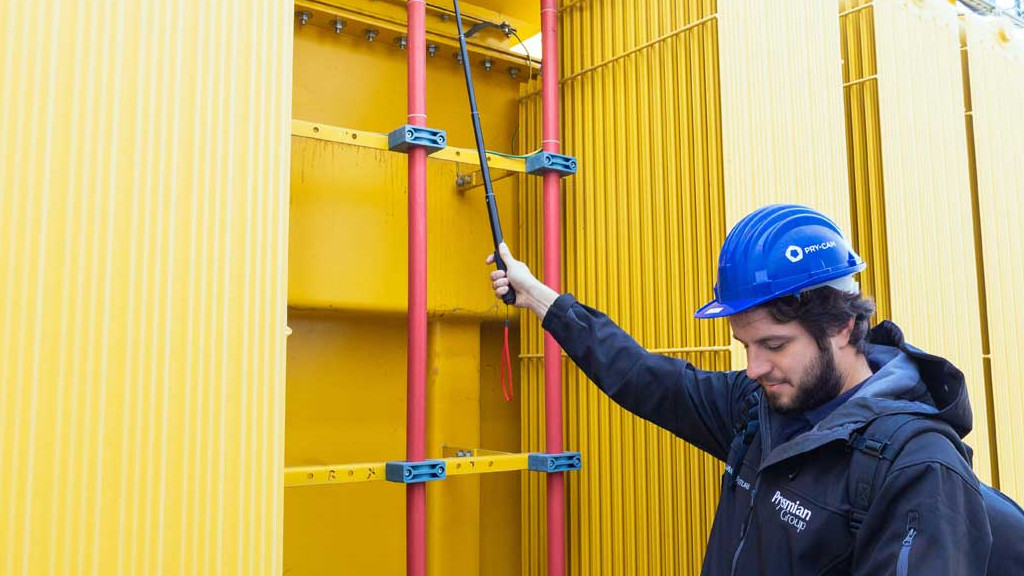
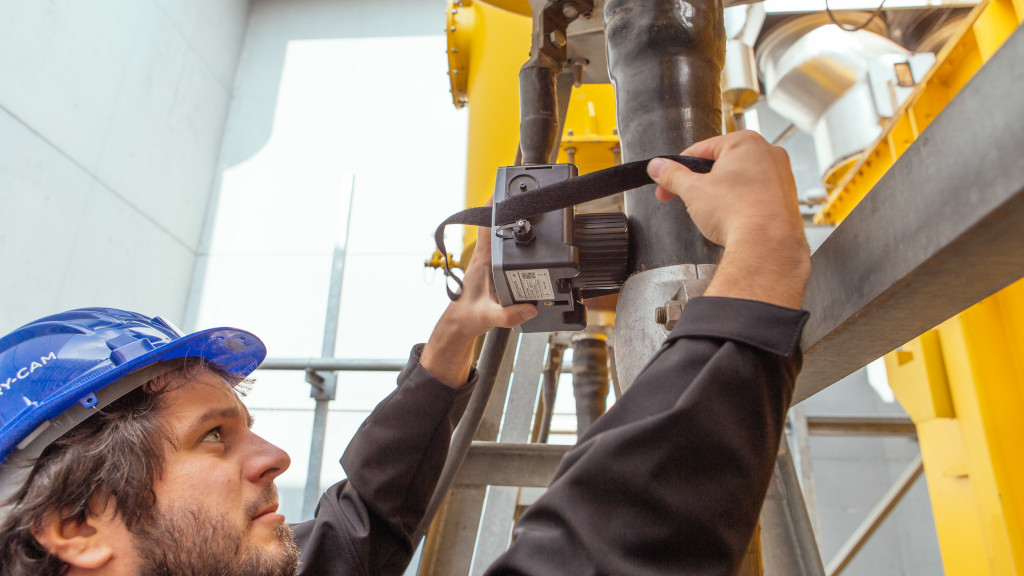
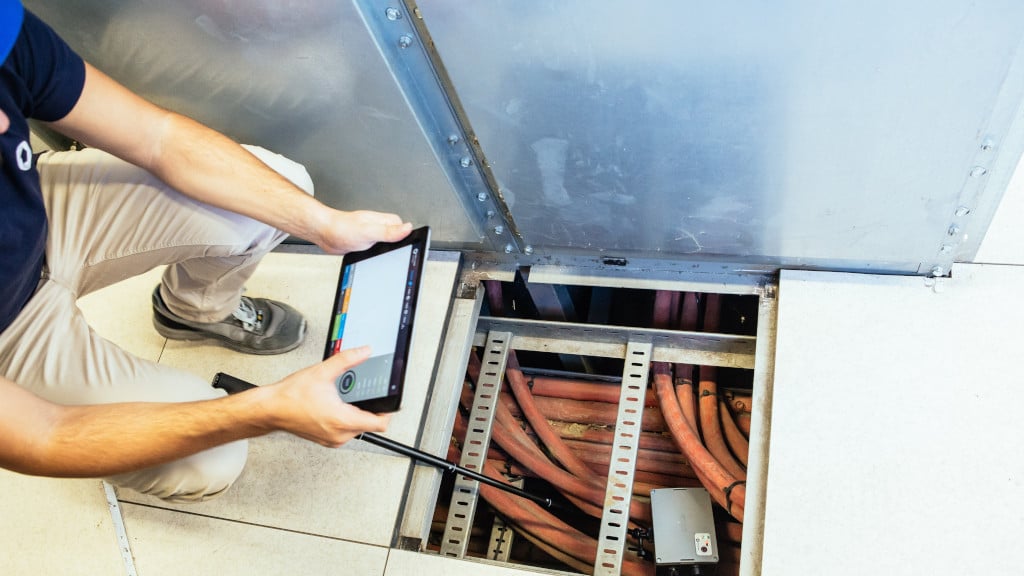
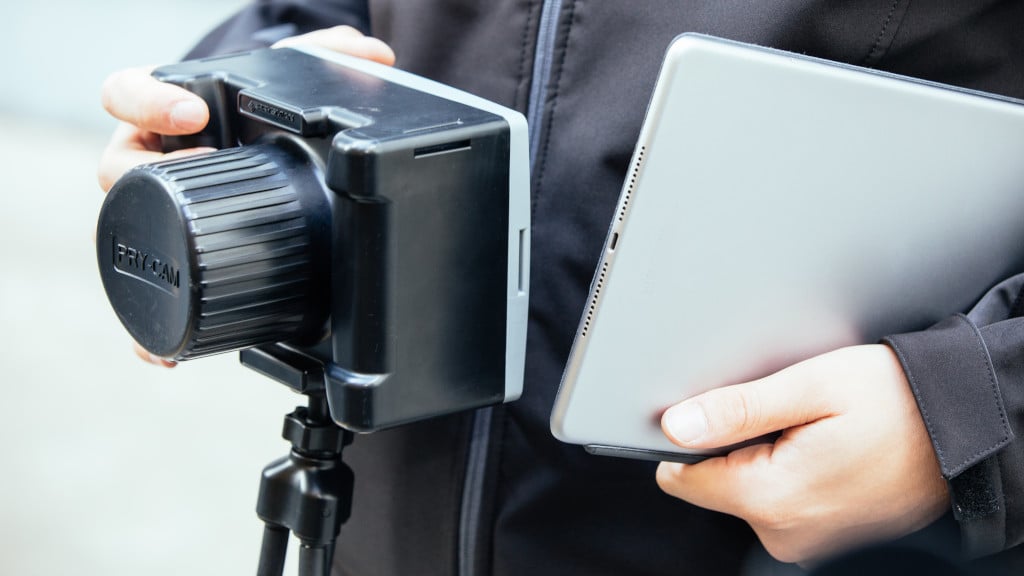




Big Data
The PRY-CAM technology leverages three main features that make it highly attractive for the target markets. First, it relies on outstanding performances in terms of sensitivity and precision, as well as reliability and speed. In addition, the full integration of the manufacturing process within the Group, makes the products financially competitive. But the most important feature is connectivity: as a matter of fact, there is a whole cloud-based system built around this technology. “In this way – keeps on explaining Prysmian Electronics managing director – all connected devices can transfer to the cloud, either Prysmian’s or the client’s, a whole set of information that can be accessed in real time both by our technicians and the client’s. Today the database hosts more than one million measurements that had never been classified and stored before Prysmian Electronics did it”.
“Our mission is to gather data and to classify them in a way that they can be analysed by automated diagnostics systems. In addition, we have the capability of identifying upgrades or improvements to implement on both sides, ours and the client’s. The data that can be obtained are manifold: conditions of use, malfunctioning, overheating. All data can be gathered in real time and with no specific expertise. Until some time ago partial discharges could be analysed only by experts, today - instead - we offer a system that can be used by anyone with data interpretation made extremely easy and no specific expertise required”.
Future developments
To widen its portfolio, Prysmian Electronics is now focusing on a set of new applications of its technologies. “As far as the products under development are concerned – Candela says – we will focus mainly on Partial Discharge measurements applied to Direct Current (DC), because, market-wise, this is the segment in which Prysmian Group is more active and the undisputed leader. As a matter of fact, in terms of diagnostics capabilities, we are the only ones who can offer this type of service. Furthermore, we will focus also on taking another step to integrate our monitoring systems with cable systems, like, for instance, the new Smart Link-box. It consists in the integration – within the link-boxes installed in power transmission and distribution cable systems – of a monitoring systems capable of providing all functioning parameters without any invasive action on the link-box itself. We want to follow this route and keep on increasingly integrating electronics within the cable rather than outside, as it was, instead, in the past. We are aiming at having a growing number of accessories, components and devices integrated within the cable system”.
Link-boxes have been existing for more than half a century, but so far, they have always been passive tools. They are steel boxes placed by each joint along the cable system’s route that host cable earthing connections and surge arresters, which play a key role in the case of lightning bolts or short circuits. Until a short time ago, should a fault occur, the link-box had to be opened to make the necessary checks and then closed. This activity should be carried out every six months “but it’s a complicated operation – adds Candela – and often it does not take place unless a fault occurs. The application of electronics to these objects can generate remarkable advantages because it allows to gather information in real time, always. It also allows to carry out interventions only if a real malfunctioning is detected. This is the reason why this object is so important. In the past, the maintenance plan did not follow a systemic pattern. Today the quality approach adopted allows to improve the entire process”.
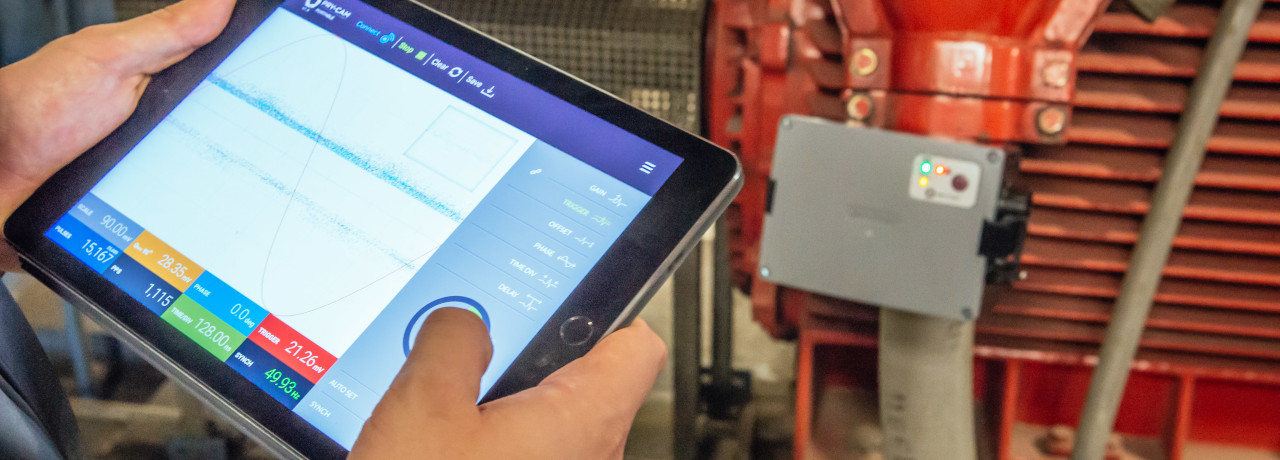
Costs and services
PRY-CAM services prove to be cost-effective and the products well fit in integrated and “turn-key” supply patterns. “I always like to make an example” – Candela says. “Some thirty years ago, when you bought a new car, you used to go and buy the radio device at a specialist retailer’s. Today, instead, this does not happen any longer: the car manufacturer’s website offers three or four different audio system options at different prices. Regardless of their brand, eventually these systems are always fully integrated within the cockpit and are operated via the car’s entertainment system. The same thing happens with our product offer: our system is not only integrated, but it is also highly cost-effective. Furthermore, our end users have a single reference contact to liaise with and do not face warranty issues. In addition to monitoring systems, we provide also analysis and periodic reporting services, in some cases at a “turn key” price, in other cases under a separate contract. This represents a clear trend. A few years ago, it would have been impossible to imagine, while now it is more and more frequent that large Transmission System Operators rely on our solution just for this reason”.
PRY-CAM applied to TLC
Among the many innovations brought forward by the 5G revolution, cables in which copper and fibre optic coexist to grant both connectivity and power supply to antennas find their room. Prysmian plays a key role in this sector. The Group is developing integrated solutions to grant data transmission speed, current stability and security of supplies. Prysmian Electronics is somehow involved in the 5G revolution, too. “It is a clearer and clearer trend” ends Candela. “It is also evident that a more capillary distribution of services or the monitoring of large power transmission links require more and more to feed electronics systems with two separate flows for data and energy. But this can be done only through hybrid cables, that are nowadays manufactured by Prysmian ,the ideal partner for the development of this technology. Prysmian has developed PRY-CAM Cable, a cable with four cross sections – one in copper for power, one in fibre optic for data transmission and two more cross sections in special fibre optic for sensing that allow to use the cable itself as either a temperature or an acoustic sensor. This is the typical example of how a cable manufacturer can provide monitoring or asset management solutions for telecom applications”.





